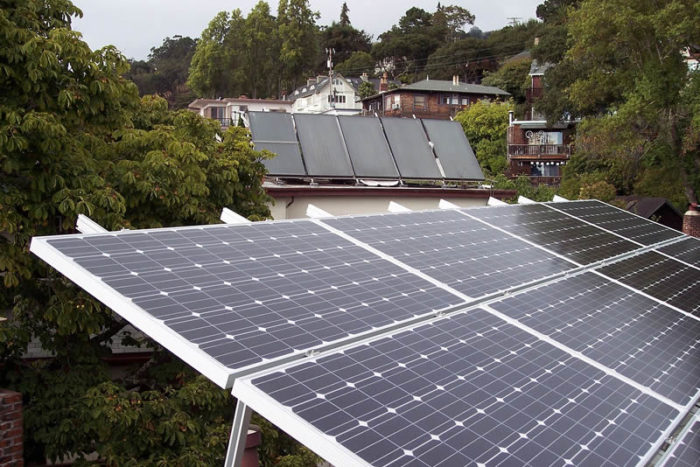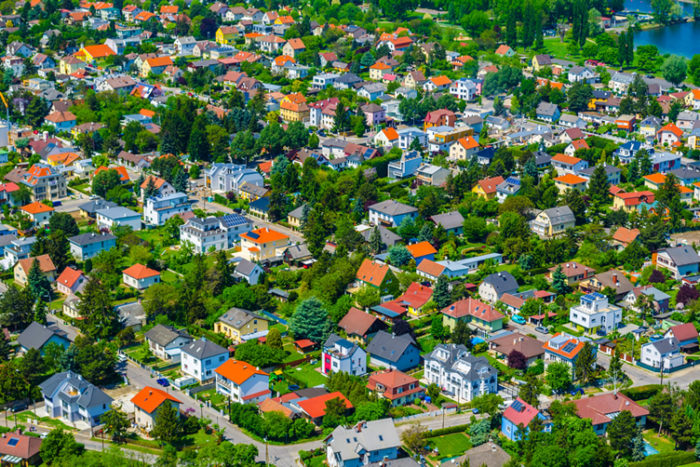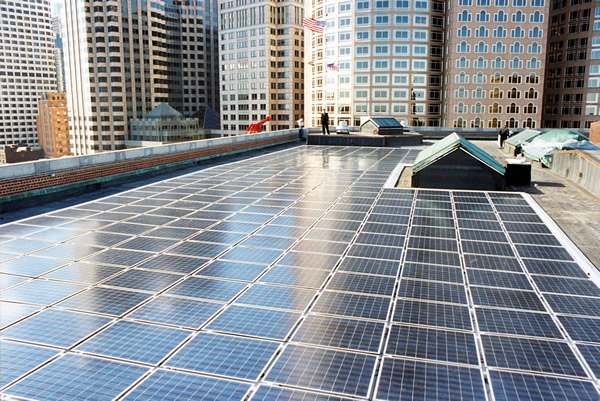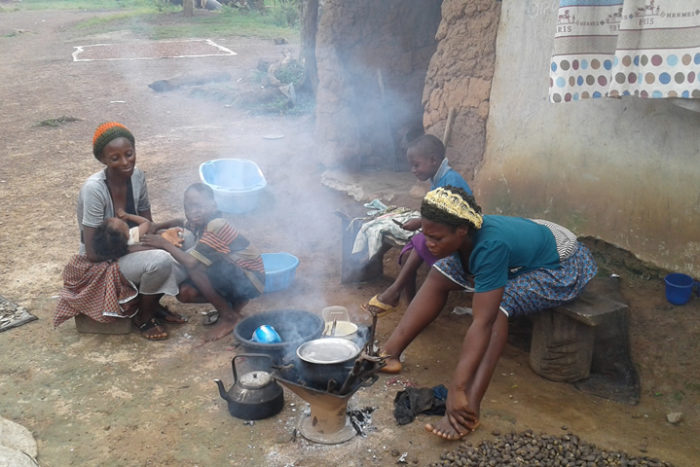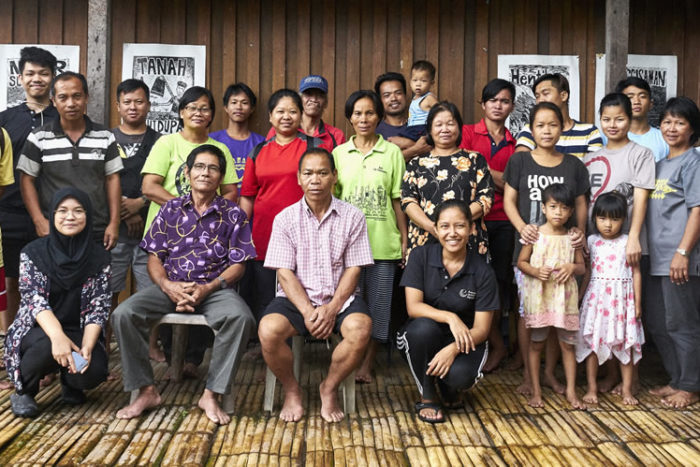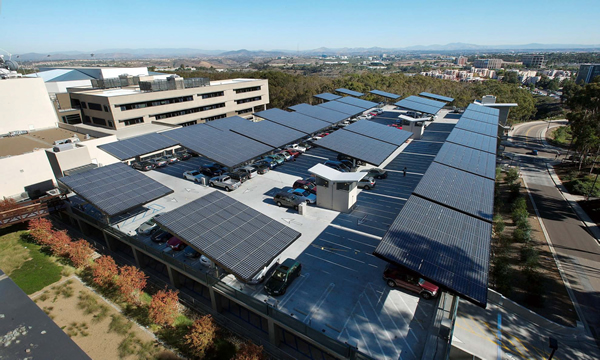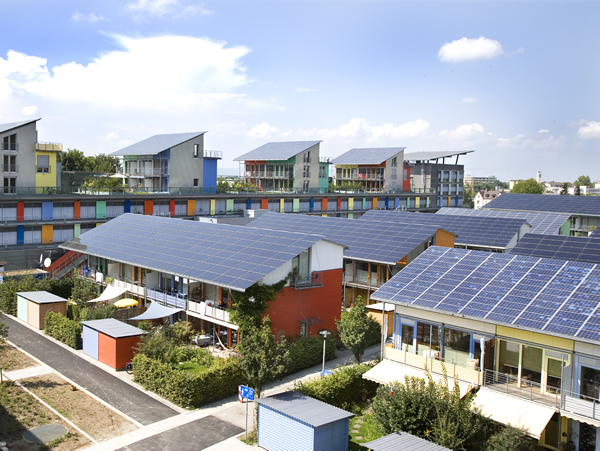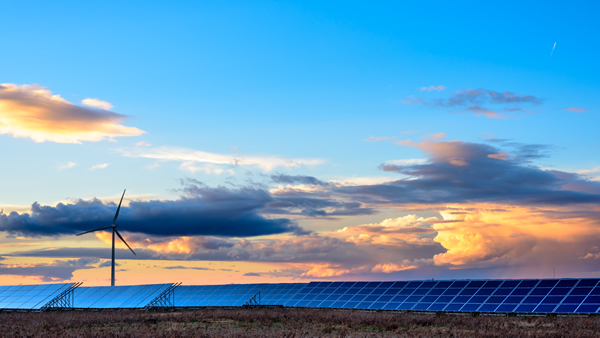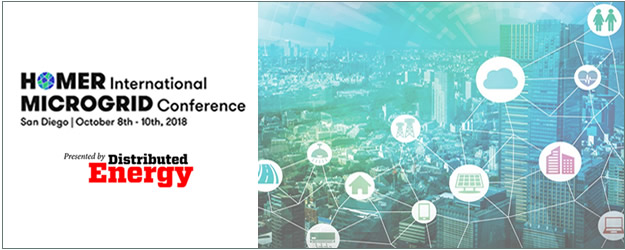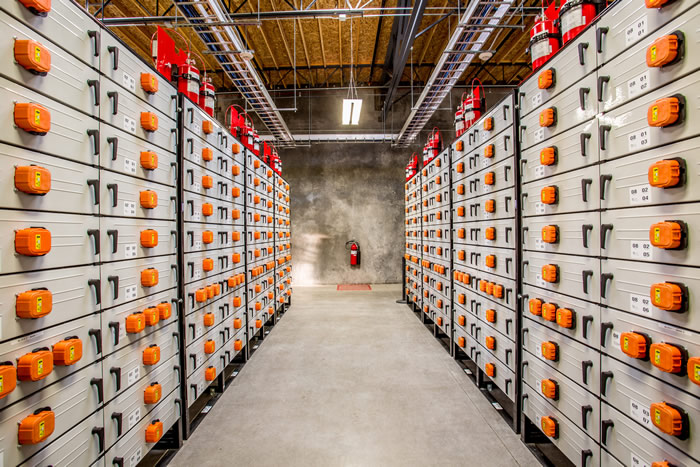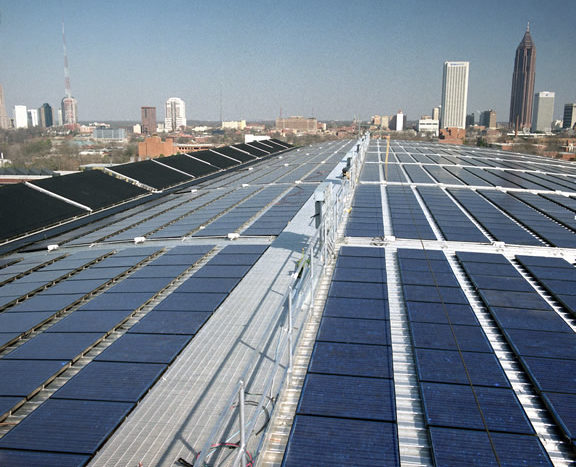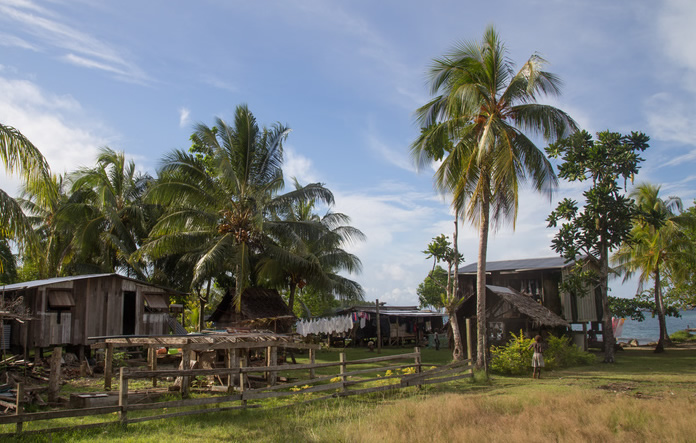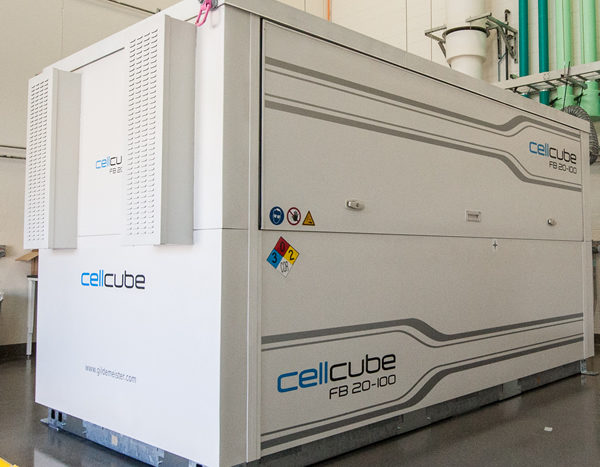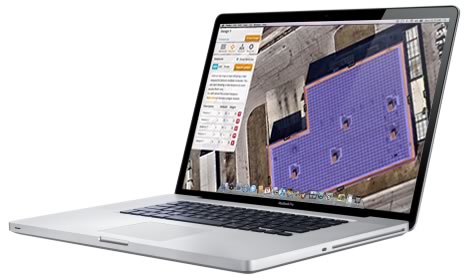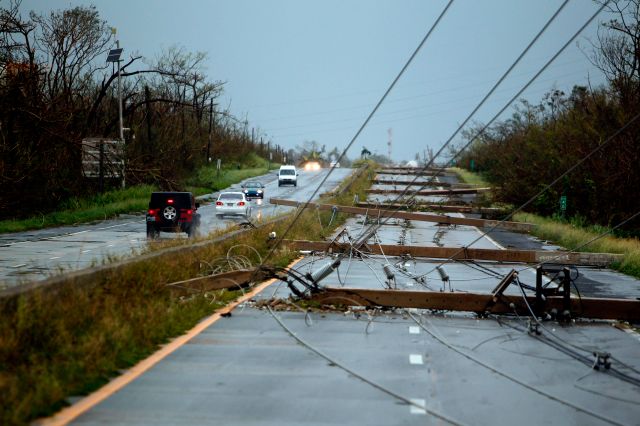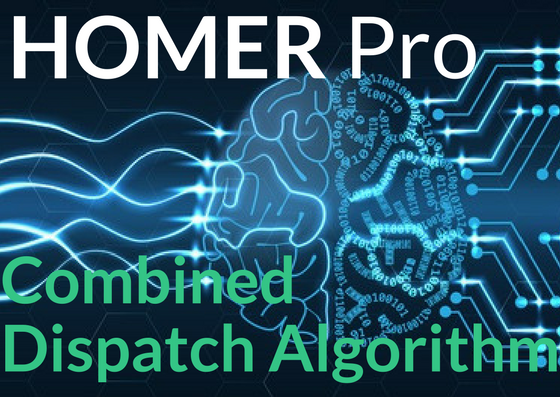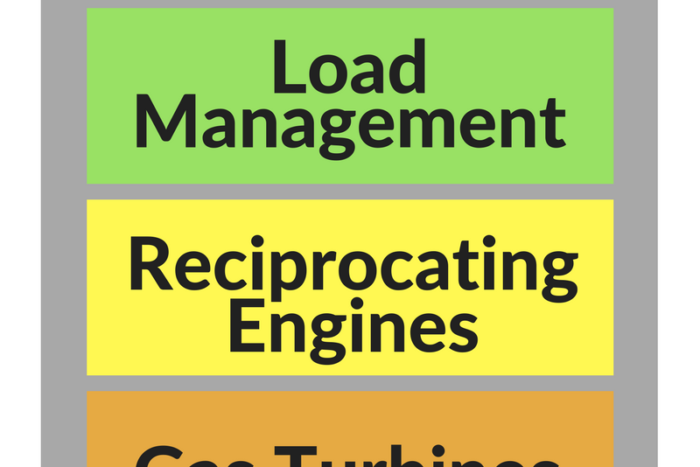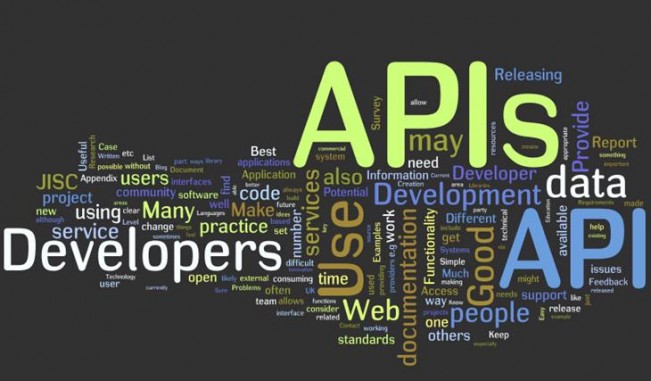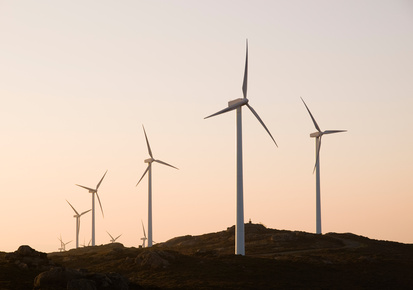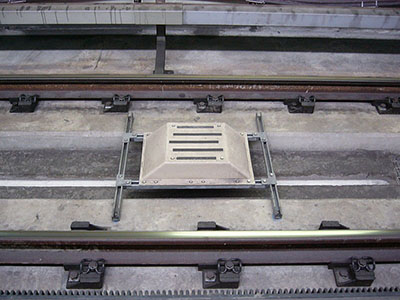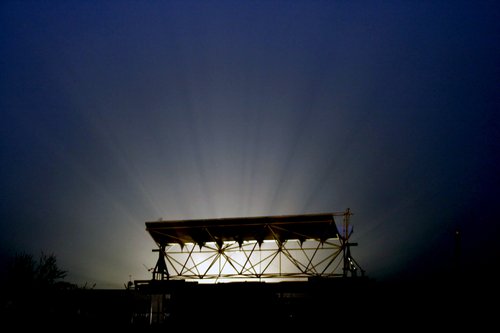Growth in microgrid markets worldwide is leading energy developers to ask how they might adapt distributed renewable energy projects to the future. Now both HOMER Pro and HOMER Grid have multi-year modules, which can model the cost of utility rate escalations, load growth – and the degradation of PV and batteries over time.
Peter Lilienthal, Ph.D.
HOMER Grid Now Includes Custom Tariff Creator, Integration with PV Design Tools, and a Wind Module
Today HOMER Energy released important updates for our newest distributed energy design software – HOMERⓇ Grid. HOMER Grid is a powerful simulation and optimization tool that helps solar […]
HOMER International Microgrid Conference: San Diego, Oct 8-10, 2018
The theme for this year’s HOMER International Microgrid Conference, which will take place from October 8-10 in San Diego, CA, is “Microgrids and the Transition to Distributed Energy.” […]
Microgrid Value Propositions Revisited: Part One
Six years ago we wrote a blog post about Microgrid Value Propositions. A lot has happened in six years, including multiple extreme weather events that severely challenged the […]
Designing Microgrids for the Solomon Islands
There is a lot of interest in the idea of 100% renewable energy both from a political and technical perspective. To understand some of the issues surrounding this […]
HOMER Grid “Demand Charge Reducer” for C & I Electricity Customers
The continuing decline in prices for energy storage and solar is creating huge opportunities for large electricity consumers. The need to reduce utility demand charges is a key […]
New HOMER® Pro Release Features Integration with Popular Solar PV Design Tools
The latest release of HOMERⓇ Pro – version 3.11 – is now integrated with two powerful tools for designing PV systems, HelioScope and PVsyst. This development is exciting […]
Lessons from the Off-grid World: Resilient Distributed Energy Win-Win for Consumers, Utilities
The future of energy starts with a fundamental transition from a centralized structure dependent on fossil generation to a distributed structure relying mostly on renewable generation. This transition means a large number of small projects instead of a small number of large projects. And you, HOMER users, are the vanguard of this transition.
To ‘fuel’ this future, the grid-connected world can learn a lot of lessons from international (and Alaskan) experience with off-grid and isolated systems, which were the topics of many of the sessions held at HIMC2017. I’m going to talk about 6 such lessons.
With Less than a Week till HIMC2017, Here’s a Conference Preview!
I’m just back from the incredible experience of participating in Solar Power International (we’ll write more about that soon) and can hardly believe it’s already time for our […]
Have it Your Way: The HOMER SaaS API
I launched this “From the Founder” column last month and used it to go back to HOMER’s roots as a mechanism to serve the energy access world. This […]
A New HOMER to Help Millions Learn About Microgrids
HOMER Energy CEO Dr. Peter Lilienthal discusses how to educate millions about microgrids. The advent of electricity created disruptive change in the world. Now, the world of electric […]
Renewable Energy for Security: Electricity and the Boko Haram Kidnapping
It’s 10 PM. The lights in your village of Chibok, in a remote corner of Nigeria, went out for the night half an hour before. Blackness and quiet […]
Batteries for Your PV System: How Much Do You need?
With Tesla’s big stationary storage announcement last week, much attention was paid to how battery prices have fallen faster than expected. The $350 per kWh price for the […]
Microgrid Categories for Quality Standards, Training, and Capacity Building
One of the great challenges facing the growing microgrid market is the wide range of applications, climates, cultures, resources, and costs associated with a highly dispersed market. The […]
Central Solar Parks versus Microgrids: Cost Versus Security and Reliability
One of the biggest debates in today’s “energy society” relates to grid-scale renewable projects versus distributed generation, in particular the role of rooftop residential solar systems. Proponents of […]
Strawman Proposal for a Taxonomy of Renewable Penetration Levels
This strawman taxonomy provides clear distinctions between different levels of renewable penetration. By basing the criteria on the architecture and control of the power system, it avoids the […]
Lifestyle Change: The 3rd Rail of Clean Energy
Nobody likes being told what to do. Clean energy was probably set back a decade when Jimmy Carter told us all to wear a sweater. Now Barack Obama […]
The Problem with 100% Renewable Energy
The New York Times reported recently on the work of a group of Stanford researchers, who published a piece in the journal Energy Policy claiming that the main […]

